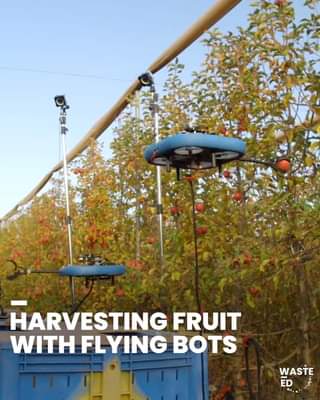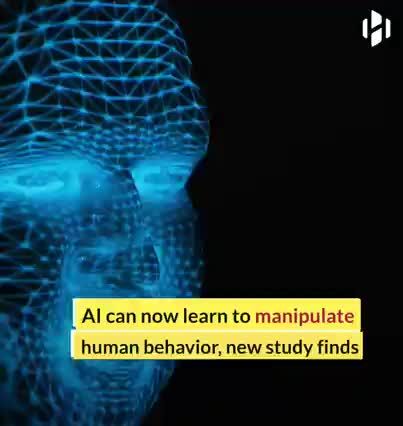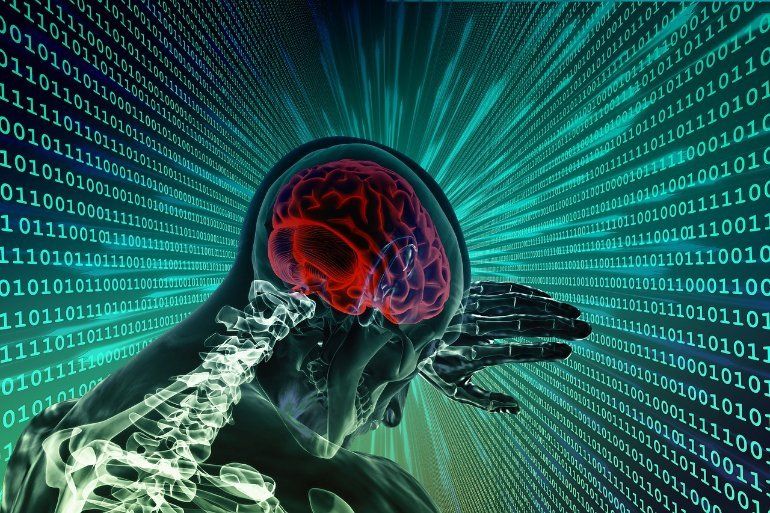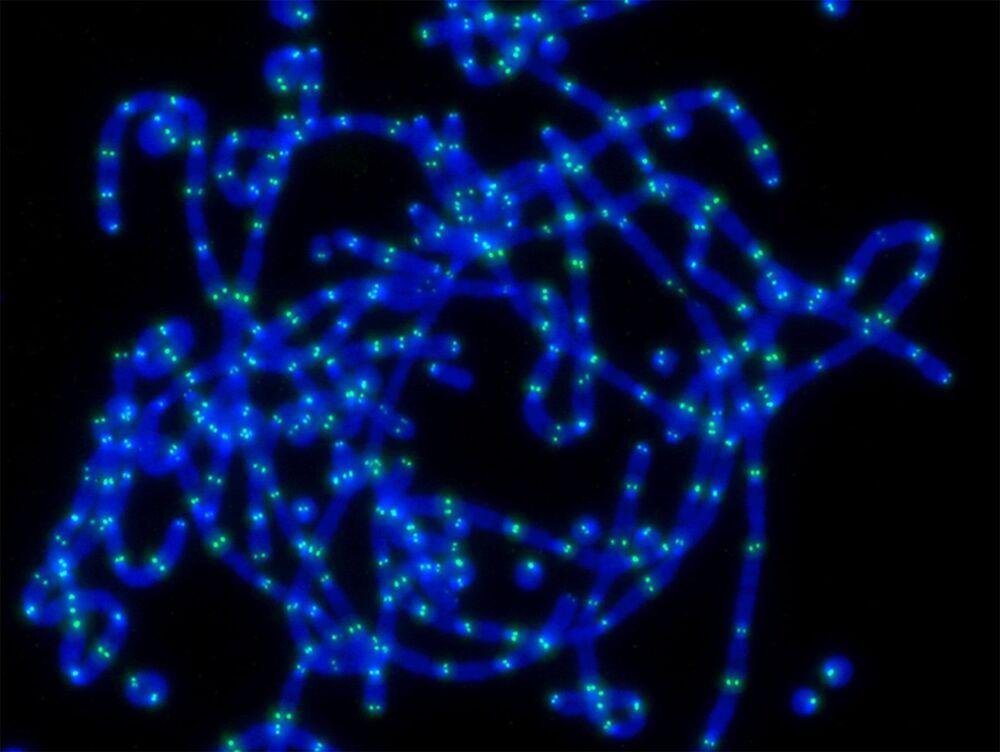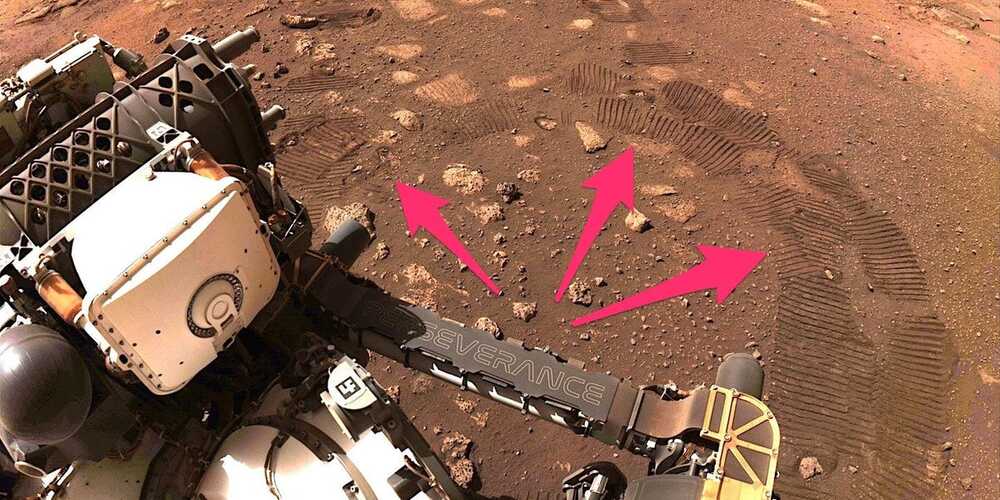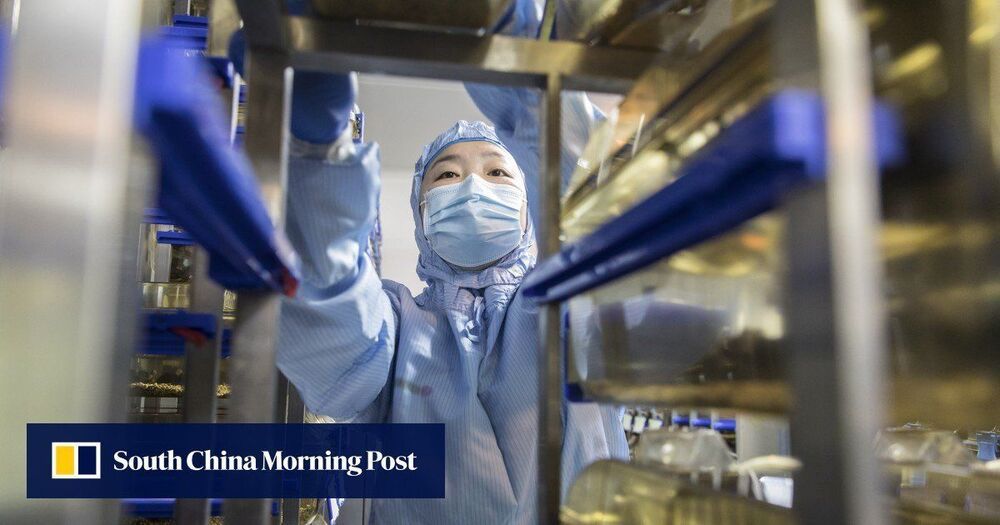Mr. — Chairman, Joseph P. Kennedy Enterprises — Our discussion starts out on U.S. food insecurity, but journeys into the topics of aging, as well as regeneration research at University of Chicago’s MBL.
A “food desert” is an area that has limited access to affordable and nutritious food, and the designation considers both the type and quality of food available, as well as the accessibility of the food through the size and proximity of the food stores.
In 2010, the United States Department of Agriculture reported that 23.5 million people in the U.S. lived in food deserts, meaning that they live more than one mile from a supermarket in urban or suburban areas and more than 10 miles from a supermarket in rural areas.
Food deserts tend to be inhabited by lower-income residents with reduced mobility, making them a less attractive market for large supermarket chains and available foods are often of the highly processed type, high in sugars and fats, which are known contributors to the proliferation of obesity and other chronic diseases. It’s estimated that the contribution of food deserts to healthcare costs in the U.S. is over $70 billion annually.
Top Box Foods is a non-profit, community-based, social business, with an innovative model of getting healthy and affordable grocery boxes to food-insecure neighborhoods, creating year round access to fresh fruits, vegetables, and proteins, in communities in Chicago, and Lake County, IL, as well as in New Orleans, LA.
